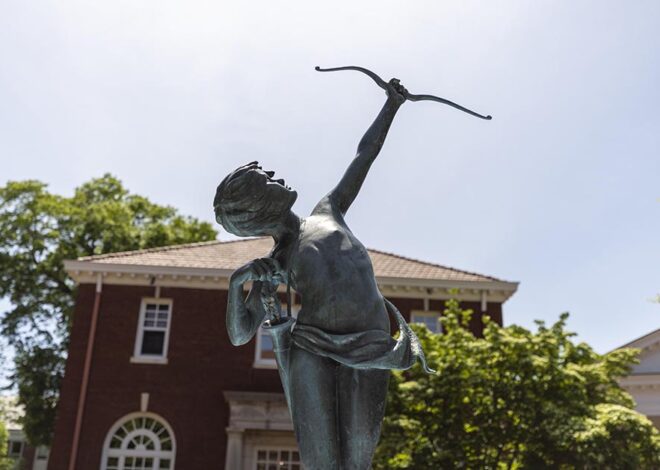Building Bridges through Faith at Queens University

On September 11th, the Stan Greenspon Holocaust and Social Justice Education Center at Queens University of Charlotte partnered with Myers Park Baptist Church to host a unique, interfaith gathering of theologians, academics, and students from around the country.
The group convened to discuss the 1965 groundbreaking document titled Nostra Aetate and its applicability to our world today. The panel included national leaders in the Jewish, Catholic, Muslim, and Protestant faith traditions including a discussion led by Edgar M. Bronfman and Dr. Peter Ochs.
“The transformative power of interfaith work starts with relationships – from developing the vision behind Nostra Aetate to today,” said Rabbi Judy Schindler, Sklut professor of Jewish Studies and director of the Stan Greenspon Holocaust and Social Justice Education Center. “This conference brought Jews, Muslims, and Christians together for relational learning with scholars and musicians and testifies to Queens’ commitment in Charlotte to interfaith work. As a city filled with people of faith, we can indeed utilize our faith to lead the way in building bridges of peace.”
The day consisted of music, study, and small group discussions that provided those in attendance the opportunity to engage in interfaith dialogue. At the heart of the conference, attendees discussed strategies for combatting forms of hate such as antisemitism and Islamophobia today using the enduring document issued by the Catholic Church in 1965, recognizing that combatting such hate requires ongoing engagement between a plurality of groups.
Adrian Bird, Ph.D., Interim Chaplain at Queens, noted that this interfaith collaboration was “an actualization of the vision of both Nostra Aetate and the Presbyterian and Pluralist Statement written by Queens several years ago.” The conference concluded with the debut of an original composition by Jewish and Catholic composers and musicians Beth Schafer and Ricky Manalo, CSP who were inspired by this important document.
“This conference modeled what it means to reach across differences, engage in civic dialogue, and listen to one another with an open mind,” said Hadia Mubarak, Ph.D., assistant professor in the philosophy and religion department. “As reflected by the conference speakers, this event brought together people from diverse religious, political, gender and racial orientations, and in doing so, it demonstrated what religious pluralism and authentic interfaith dialogue look like.”